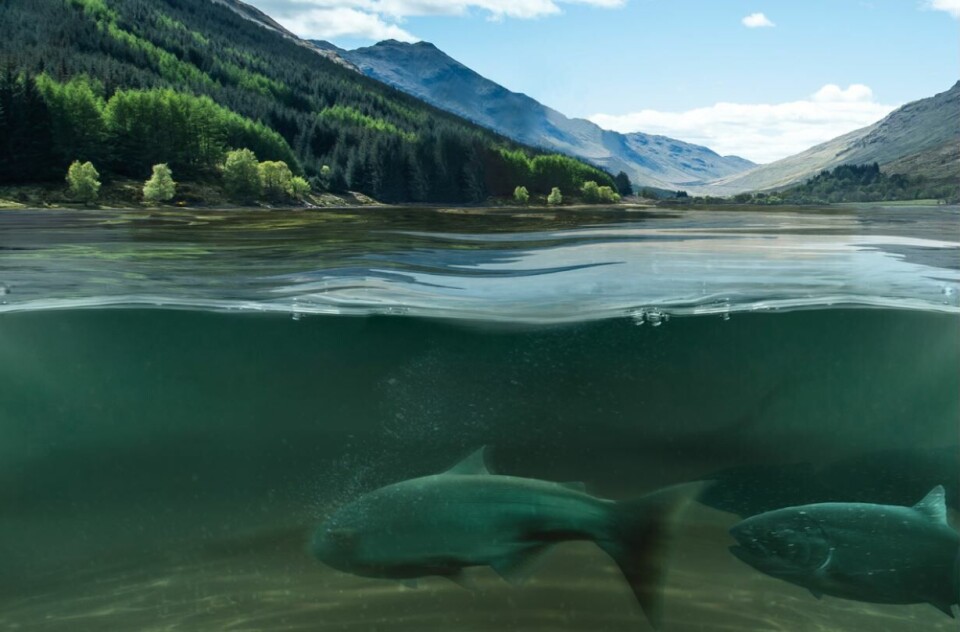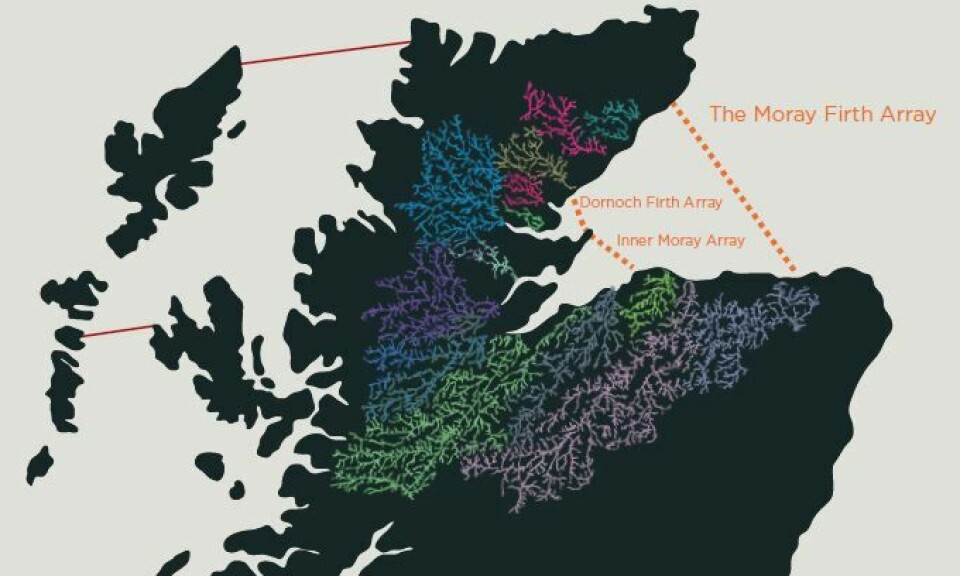
Wind power company gives £300,000 to wild salmon tracking project
A project to track wild Scottish salmon leaving the Moray Firth for the sea has been given £300,000 by a windfarm power company.

The Atlantic Salmon Trust (AST) hopes to raise £1million by the end of the year to fund the Missing Salmon Project, which will see the installation of a 65-mile wide acoustic array across the Moray Firth as part of an effort to determine why the numbers of wild Atlantic salmon returning to their native rivers to spawn have dropped significantly in recent years.
Sarah Pirie, head of development for Moray Offshore Windfarm East, said the project will “gather data to understand why salmon mortality has been increasing for decades; data which is necessary if that trend is to be reversed and species future assured”.
‘Perilous journey’
Mark Bilsby, recently appointed chief executive of the AST, said: “The tracking project in the Moray Firth will be the furthest that we have been able to follow the progress of young salmon and will greatly expand our understanding of smolt behaviour and survival in the freshwater and coastal environment.
“It will contribute to the Missing Salmon Project which aims to ensure that more fish survive their perilous journey. The information collected will give fishery managers and policy makers the information they need to help protect this iconic species.”

The AST argues that salmon farming as a definite risk to wild salmon and has called for measures such as the compulsory harvesting of fish at sites with severe sea lice problems, plus a ban on rearing juvenile salmon in pens in freshwater sites.
Risk factors
But as the tracking project focuses on fish that enter the sea on the east coast of Scotland, where no salmon farming takes place, other potential risk factors will be looked at as the AST looks to build up a framework of factors suspected of harming wild fish. However, the Trust is likely to look at tagging projects on the west coast in the future.
If the AST reaches its £1m target, it will tag 1,000 smolts which will be followed using acoustic telemetry. The method allows the fish to be tracked further from the river than previously possible, although not for their entire journey.
Fewer than 5% of smolts make it back to their rivers, and the AST hopes the project will help shed light on why that is.
Valuable insights
The Trust says lessons learned from the study in the Moray Firth – the route taken by 20% of the UK’s wild salmon to the sea - will provide valuable insights that are transferable to other populations of salmon around the UK.
As well as corporate donations, the AST is attempting to raise money for the project by crowd-sourcing. According to its website, it has so far raised £18,805 towards a £70,000 target, with 28 days remaining.
Theories about why fewer salmon are returning include the effect of global warming that has pushed important feed sources further north, forcing salmon to go on longer and more perilous journeys.
Norwegian scientist Jens Christian Holst has pointed the finger at mackerel, arguing that they have multiplied and spread so much in Scotland’s waters that they are the greatest danger to wild salmon.























































